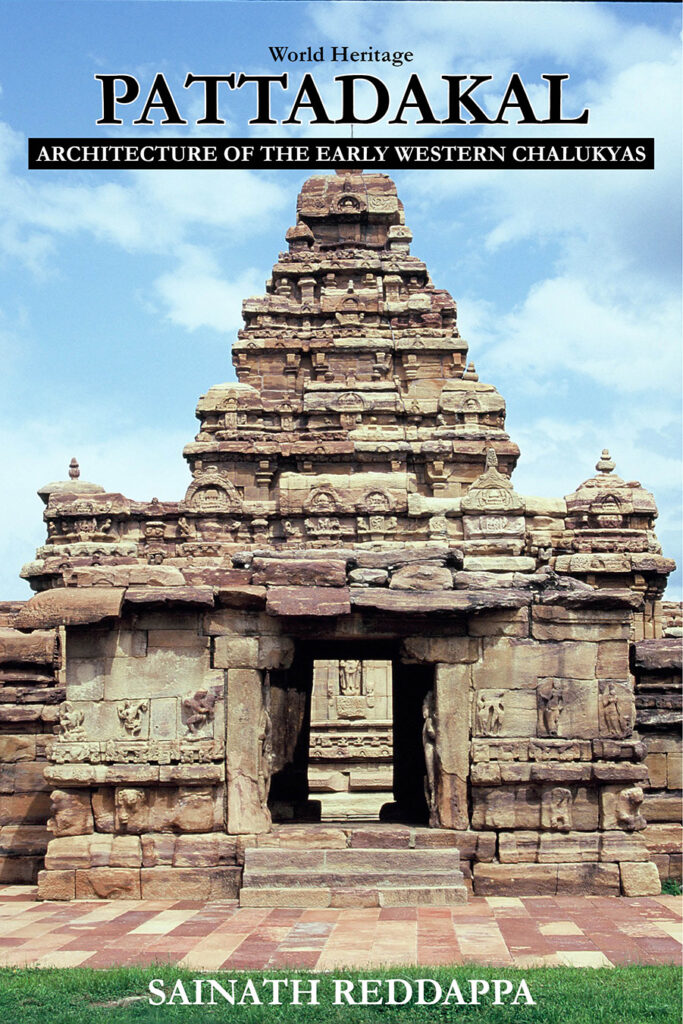Heritage Books
Art and Architecture of monuments have fascinated me further passion to photography enhanced my interest. Below are list books on Indian Temple Architecture Photographed and Authored by me. These books are at present available on Amazon Kindle and soon will be made available as printed books.
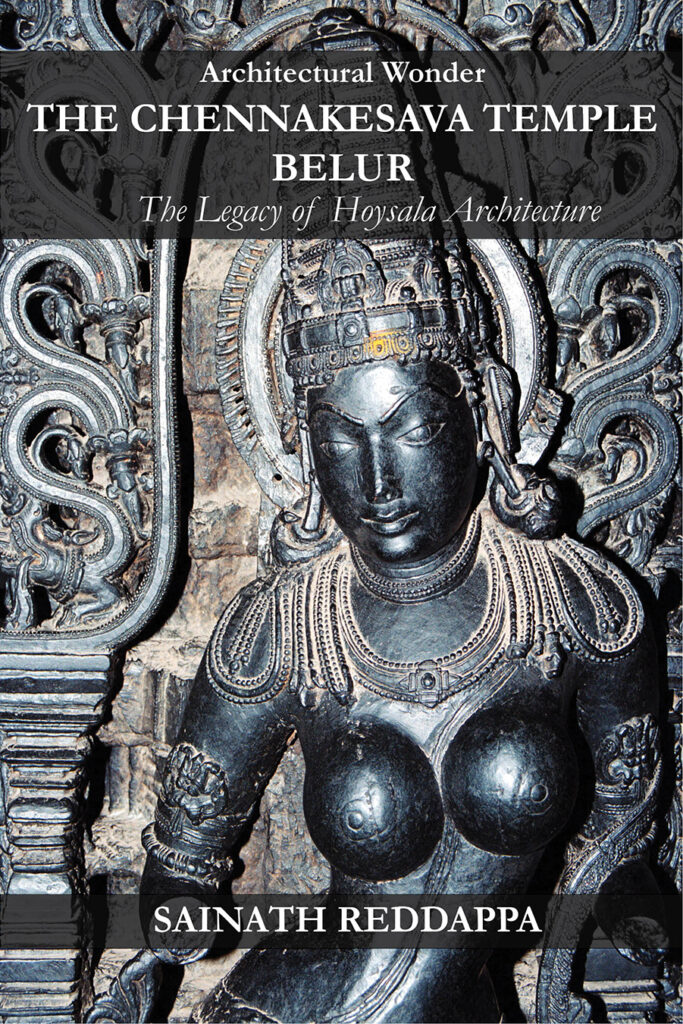
Architectural Wonder
THE CHENNAKESAVA TEMPLE BELUR
The Legacy of Hoysala Architecture
Chennakesava Temple, Belur situated on the river Yagachi. a monument of exquisite architecture built by the Hoysala king Vishnuvardhana A.D 1117. The Hoysalas ruled over southern part of Kamataka from river Tungabhadra in the north up to river Kaveri to the south between A.D 1000 and A.D 1346. During their reign, this region flourished with rich art and culture and many temples were erected. This grand temple is of star-shape with intricate carving on the exterior walls and interiors with marvelous sculptures and lathe-turned pillars. The major attractions of this temple are the rail parapet running around the temple, large images of Gods and Goddesses, the bracket figures of various attitudes, the carlike niches, the gravity pillar, the ceiling and the stone screen. The sculptures are highly ornated
Architectural Wonder
THE KESAVA TEMPLE SOMANATHAPUR
The Legacy of Hoysala Architecture
The Kesava temple at Somanathapur, located 36 KM from Mysore in Karnataka is a good example of the Hoysala architecture. This grand celebrated temple enriched with intricate sculptures and architecture is erected on a raised terrace of star shape. The sculptures on the wall appear to have been executed on wood and not on stone with extreme perfection and dedication. Not just the sculptures this complicated structure proves their architectural dexterity and talent. This main temple is surrounded by pillared cloister with sub-shrines. This grand temple enjoys similar and at par importance as the Kesava temple at Belur and the Hoysalesvara temple at Halebid.
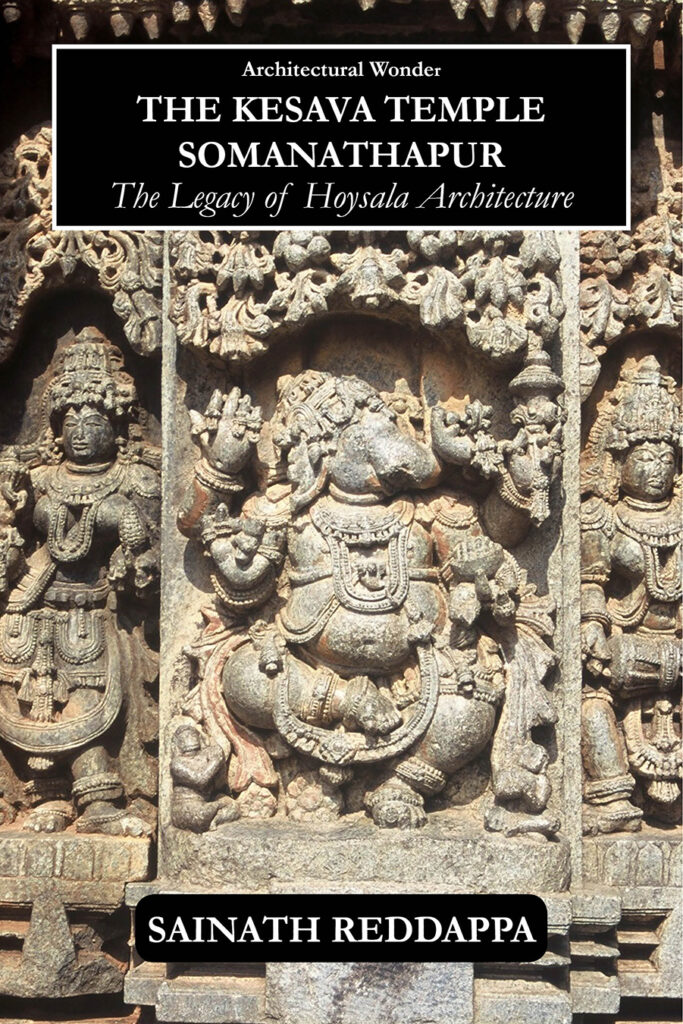
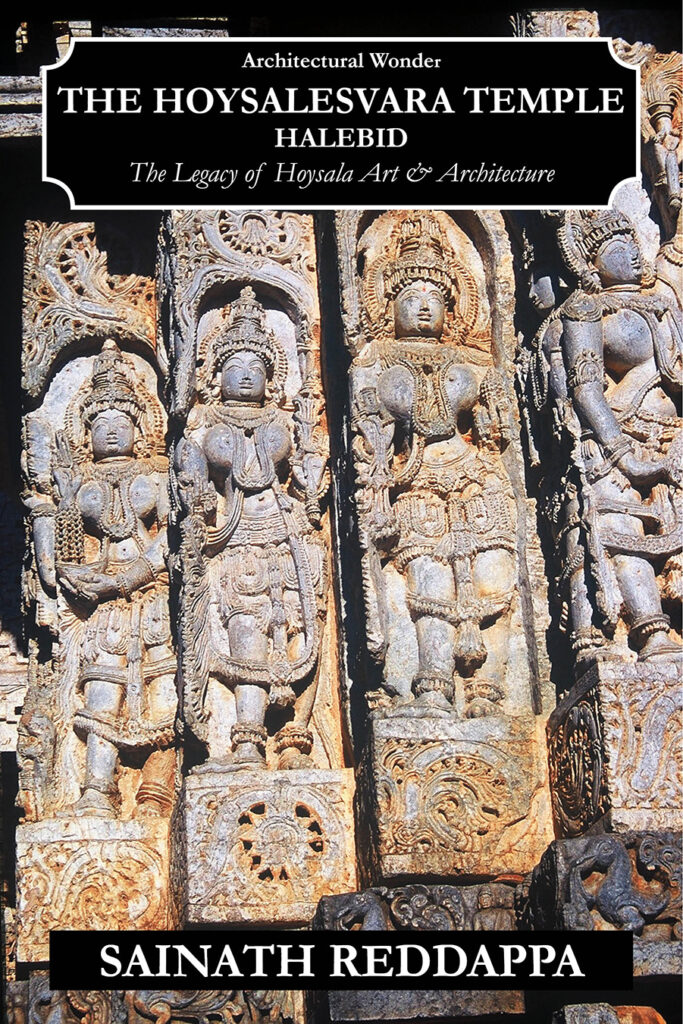
Architectural Wonder
THE HOYSALESVARA TEMPLE HALEBID
The Legacy of Hoysala Art & Architecture
Halebid in Hassan district of Karnataka is the treasure of superlative architecture, of all the temples at Halebid, Hoysalesvara Temple is the most wonderful masterpiece of art. Built in 1121AD, the walls of this temple are studded with elaborate friezes and sculptures depicting scenes portrayed in the Hinsu epics. The other two shrines of importance are the Jaina Bastihalli and Kedaresvara temple. The sculptures found here have been carved by adept hands, giving importance to even the diminutive details. The temple also encompasses two massive highly ornated monolithic bulls.
Architectural Wonder
LEPAKSHI
Enthralling Murals and Architecture of Vijayanagara
Lepakshi, in Anantapur district of Andhra Pradesh is well known for Veerabhadra Swamy temple and massive monolithic Nandi. This temple was erected during the Vijayanagara Empire. It houses numerous mandapas, most splendid are the Natya mandapa and the Kalyana mandapa, whose pillars are studded with marvelous sculptures with intricate workmanship. These sculptures depict dancing and playing music, which indicates the importance given for art in those days.
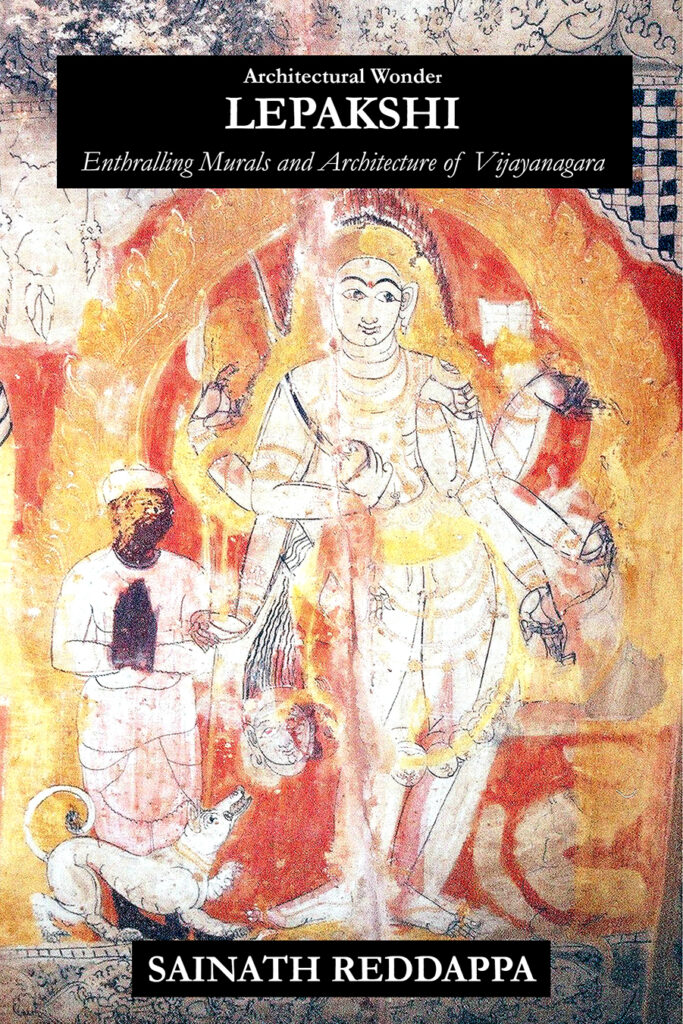
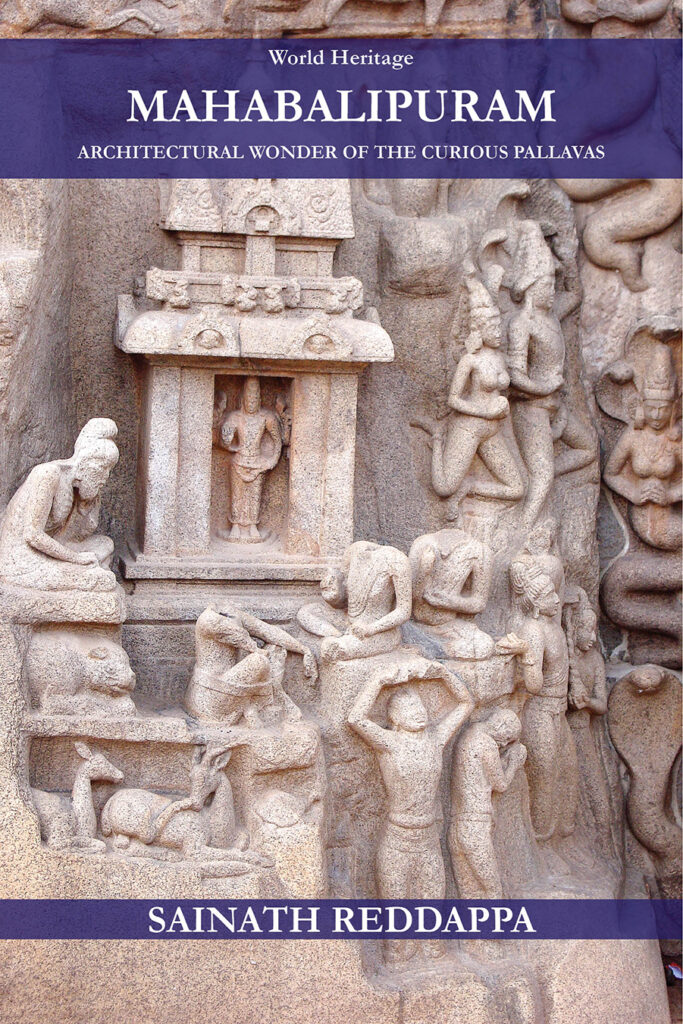
World Heritage
MAHABALIPURAM
Architectural Wonder of the Curious Pallavas
Mahabalipuram, also known as “Mamallapuram – The city of Mamalla”, after the title of great Pallava ruler Narasimhavarman-I 630-668 AD. It was once a seaport and here are few architectural activities dating back to Mahendravarman-I 600 – 630 A.D father of Narasimhavarman-I. Most of the sculptures, Rock-cut Rathas, Cave temples were excavated during the reign of Narasimhavarman-I and are the earliest of their kind in India. Though the time and natural forces have wrought changes on the solid rock surface of these monuments, each sculpture and image still succeeds in conveying a message of beauty and harmony. It is a widely visited site from around the world and is one of the World Heritage monuments in India.
Temples of
Imperial Cholas
Architectural Wonders of the great Cholas
Thanjavur, known for its traditional handicraft and musical instrument attained prominence under the Imperial Cholas in the ninth century which lasted for four and half centuries with great achievements in all aspects such as art and architecture, effective administration, military conquest, cultural etc. During they rule large number of temples were erected and promoted various cultural activities. this was the “Golden period in South India”. The great living temples of Cholas in this book are the Brihadesvara Temple at Thanjavur and Gangaikondacholapuram, Ariavatesvara Temple at Darasuram and Kampaharesvara Temple at Tirubhuvanam.
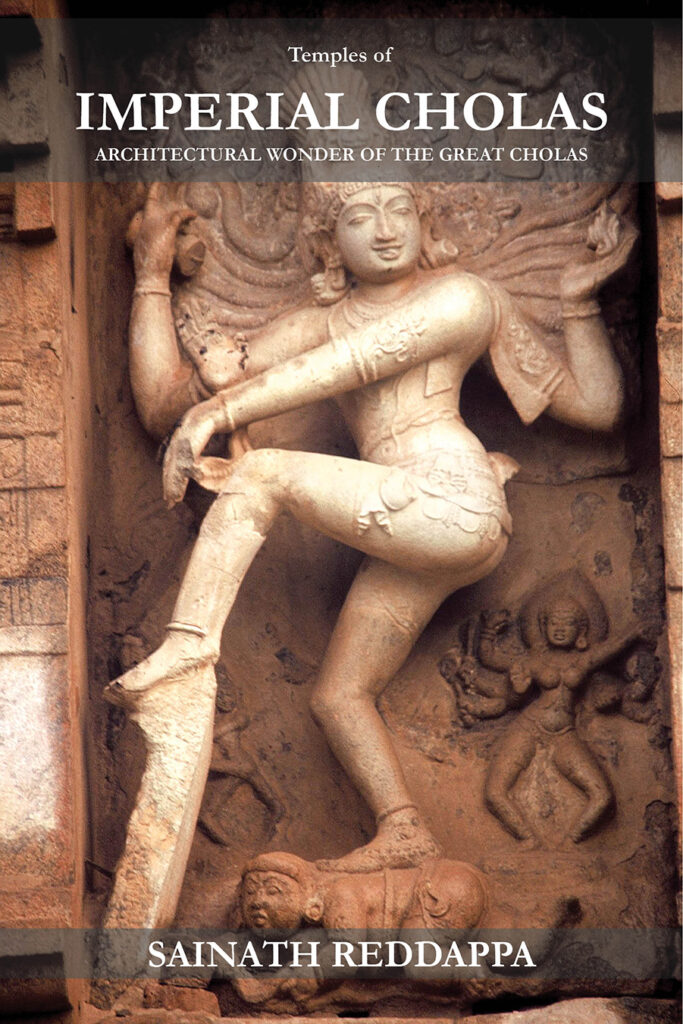
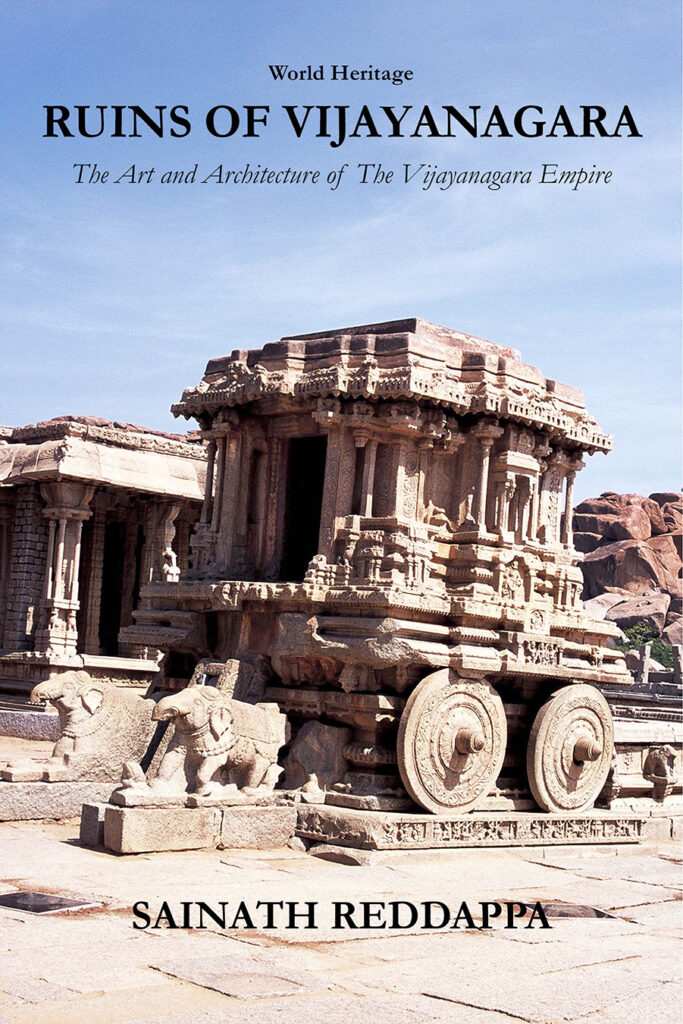
World Heritage
Ruins of Vijayanagara
The Art and Architecture of The Vijayanagara Empire
Hampi, once a flourished capital of the Vijayanagara Empire was abundant in wealth, military powers, aesthetic sensibility and culture. This Empire had a best administrative system. This grandiose site of Hampi was the last capital of the last great Hindu Kingdom. Its fabulously royal built Dravidian temples and palaces which won the admiration of travellers between the 14th and 16th centuries. Conquered by the Deccan Muslim confederacy in 1565, the city was raided and ruined, its ruins are spread over an area of 26 sq.km. The Stone Chariot and the Musical pillars of the Vitthala swamy temple, The Palace remains, Lotus Mahal, Virupaksha temple, Painting, Hazara-Rama swamy temple, Queens Bath King’s balance, .Achyuta Raya temple, The Bazaar and many more, evokes the memories of bygone splendour.
Architectural Wonder
AIHOLE
The Early Western Chalukyas
This is a complete guide book to monuments at Aihole, a site with the rich architecture of the early western Chalukyas. Aihole “The Cradle of Indian Architecture” once known as Aryapura is considered to be the first settlement of the Chalukyas. The present Aihole is popular for remains of Early Western Chalukyas. This village is rich with monuments of varied Architecture and is scattered all over the village. The major attraction here are the temples in the “Central Site of Monuments” an enclosure housing remains of earliest temples. There are also other temples and caves found around the central site.
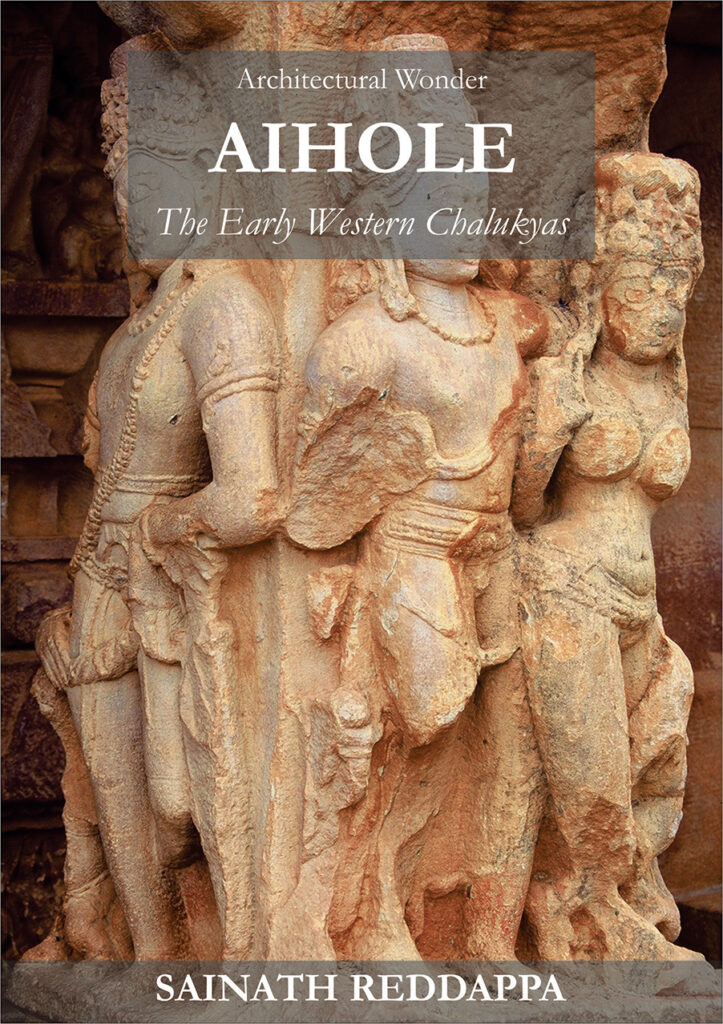
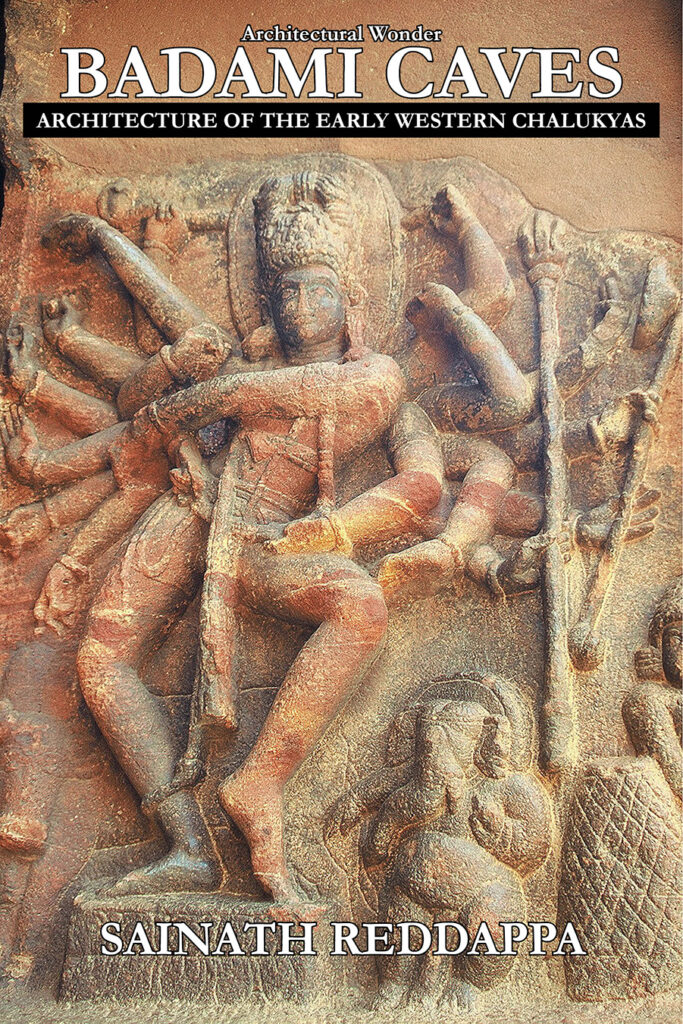
Architectural Wonder
Badami Caves
The Early Western Chalukyas
Badami, once known as Vatapipura was established by Pulakesin I, one of the great rulers of India, in the middle of sixth century of the Chalukyan Dynasty. Badami at present houses few remains of the great Chalukyas, namely the most important and renowned cave-temples embellished with rich architecture and art, executed beautifully on the rusty red cliffs below the remains of the south fort. A large tank popularly known as Agastya Tank is found in the center between the horse shoe shaped valley and few temples and remains of fort crowning the north Hill . Though these temples are smaller in size it has rich flavour of Chalukyan architecture.
World Heritage
Pattadakal
Architecture of The Early Western Chalukyas
Pattadakal, one of the famous World Heritage site in India is a contribution of the early Chalukyas. This place was the last capital of Chalukyas. During their reign large number of stone masonry temples and caves were raised. It is here, where both Northern and Southern style of architecture meet, (former of Nagara style and the latter of Dravida style). Lying on the bank of river Malaprabha, was a royal commemorative site as well as center for coronation .The structure present here are of sandstone. The proportion, pillared hall, the pillars, especially the execution of the sculptures and the lattice windows for ventilation are marvelous. Apart from the central enclosure the Papnatha temple and the jain temple at the vicinity are also erected with best architecture.
